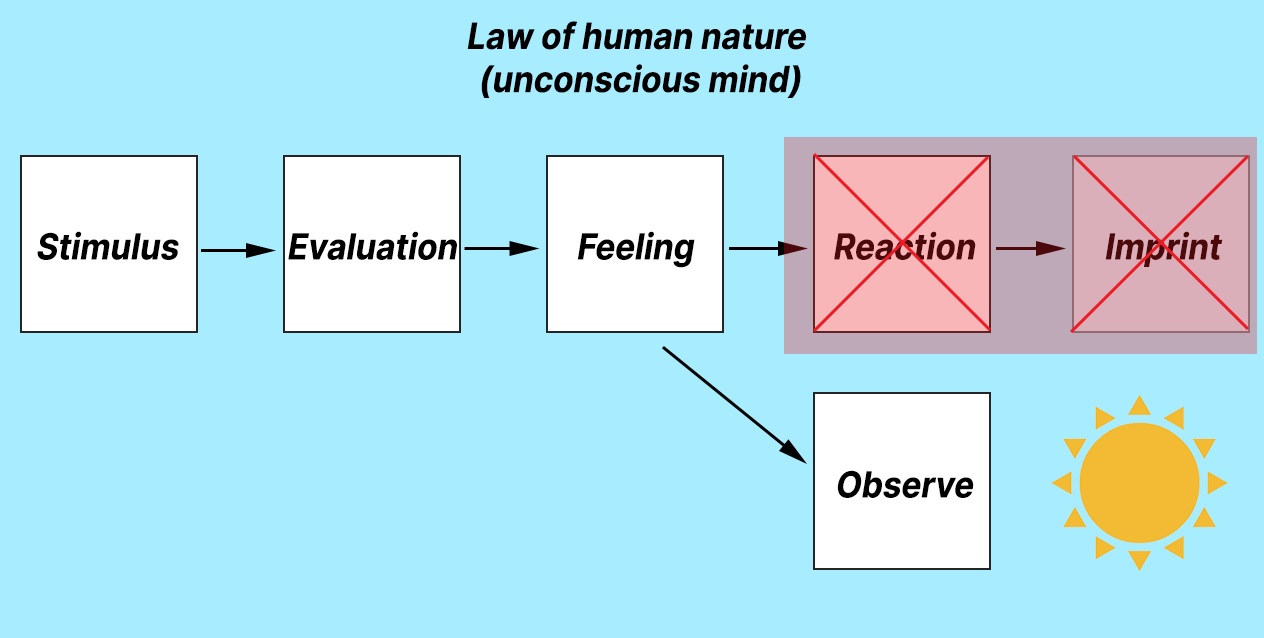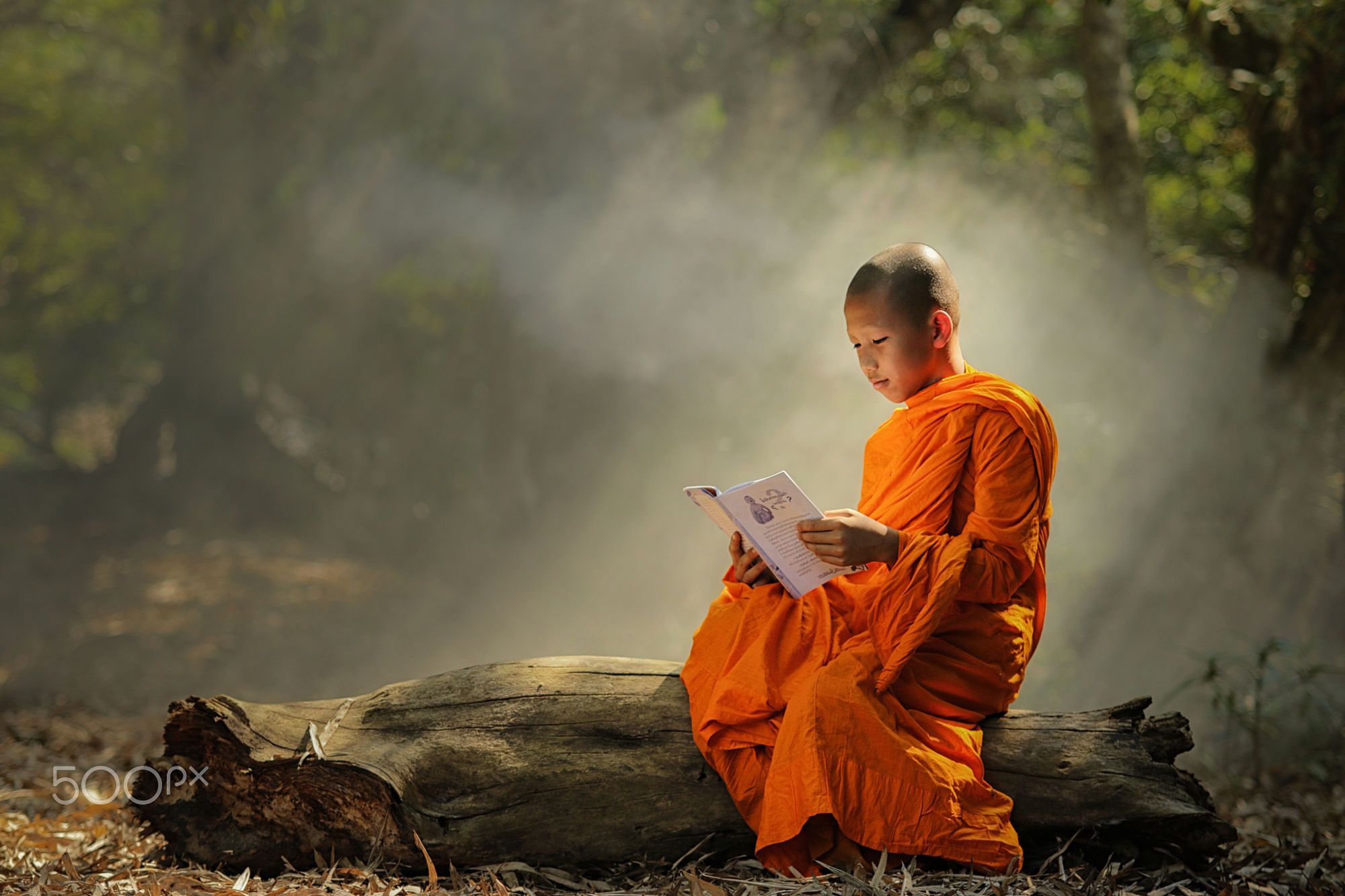Earlier this October I was fortunate enough to participate in a 10-day Vipassana meditation course. It was my second time. It was held in Chiba prefecture, which is about an hour and a half from Tokyo station.
My first time was in February of 2015 in Merit, BC, Canada.
Meditation is something that people should find for themselves when they’re ready, but I would like to talk a bit about the theory of Vipassana and the experience.
Here are some general facts to get out of the way:
The entire experience is 10 days, but you return home on the 11th day
There is no talking or gesturing during the 10 days, though there are time when you can talk to a teacher
It’s free and runs by donation
You can do it anywhere: Canada, India, Korea, Japan, America, etc., etc.. There are facilties everywhere
Food is provided. There are vegetarian meals served twice a day
The practice is simple by design, it simply requires effort
It’s secular, but not anti religious either
It’s experience and result oriented
It’s really hard, but it’s rewarding. This course all about the work you put in

I’d like dive into theory right away, but I’m not trying to paint a full picture. The teacher of Vipassana is very clear that there should not be too much theory without experience. I’d ideally like to provide just enough information to inspire people to take the leap, but no more.
Theory
Note: I am often paraphrasing based on my own understanding and using words I think are appropriate.
The unconsciousness
To begin let’s think about the human unconscious mind. One thing you will constantly be reminded is that the unconscious mind is actually never unconscious. Instead it’s always active and always reacting to things. Otherwise you wouldn’t breathe; you wouldn’t hurt; you wouldn’t blink, etc.. It’s on autopilot and out of volitional control.
Law of human nature
The course describes the law of human nature (and Dhamma) as such:

Everything in the above image is within the unconscious.
- Stimulus: through of your six senses (sixth being the mind) you receive stimulus or some sort of input
- Evaluation: the mind evaluates the input
- Feeling: based on the evaluation you have a feeling
- Reaction: the mind reacts to the feeling creation an action
- Imprint: a leftover byproduct of your reaction
The most important steps are 3, 4, and 5.
When you react you create an imprint
This imprint, which has a word in the practice (sankara), is an echo of your reaction and it’s not something you want to keep around. If the imprint is deep enough then it creates a habit of misery or craving. The next time you have a similar experience you’ll be more inclined to react the same way because of this imprint or habit. This is to say: you’ll be more inclined to be miserable in the same way.
Using a metaphor, here are three categories of imprints created by a reaction:
- A line in the sand: an imprint that’s almost instantly washed away by the next wave
- A deeper line in the sand: an imprint that’s washed away by a few waves, but also fairly temporary
- Engraving a stone: a imprint so deep that it will take years, if not lifetimes, for waves to wash it away
The one we’re most concerned with is the last one (#3). When you have a serious reaction the creates a long-lasting imprint, then that imprint stays with you. An example: you get very irritated with the way someone treated you. The next time it happens again your reaction is even more adverse because of the first experience. This habit is reinforced over and over.
You don’t want long-lasting imprints
So much misery is caused by these left over long-lasting imprints. They’re your reinforced habits of craving and misery.
How do you stop these imprints? You just observe
Here’s a solution: instead of reacting to feelings that create long-lasting misery, why not simply observe them, understand that they’re just sensations and let them pass through you.
This breaks old habit of misery and craving.
This stops creating new habits of misery and craving.
Just observe, that’s it.
But how do I observe something at the unconscious level?
This is the big problem. At an intellectual level the idea of simply observing a sensation is quite easy to grasp. But intellectual understanding doesn’t not equate to the abilities of the unconscious. Your unconscious mind is simply keep doing what it always does: reacting.. reacting.. reacting… reacting..
The answer: you train the unconscious through experience.

The objective: train the unconscious to observe
Think of when you first started riding a bike. It was hard and you had to consciously focus just to get a short distance. Over time you practiced and got better. You trained. By practicing over and over it became a habit and pretty soon you could bike without even thinking.
Conscious practice (experience) created a habit.
Then the habit sunk into your unconscious.
Then you can ride a bike without effort.
If you repeatedly focus and train yourself consciously at something then you’ll get so good at it that you’ll do it automatically. You’ve then trained your unconscious.
But how does that relate to mediation?
Our objective is to train the unconscious to observe feelings and not react to those that create harmful long-lasting imprints.
One needs a practice to train the conscious mind to observe.
Through repetition it becomes a habit— like breathing.
Then that habit becomes second nature and an ability of the unconsciousness.
One final historical detail
This idea of observing the unconscious and breaking the cycle of misery was the first buddha’s main discovery and led to their enlightenment. Everyone at the time recognized the cycle had to be broken, but the buddha’s contribution was that it had to be tackled at the root level— at the experiential level and not just intellectual level.

My experience going a second time
The first time I went it was all about survival. Going a second time I was able to appreciate the theory much more. This time I had the confidence that I would make it (though at times I had doubts) and so I was less worried. It was so nice to refresh my brain and reenergize myself with a tool that brings me calm and happiness.
I’m very thankful for the volunteers that made it happen.
What Vipassana has done for me
It’s hard to fully encapsulate what it has given me. I should say I am not a devote practicer. I should be meditating every day with more dedication. The first time I did the course I left with a tool that I could use to help me with anxiety and to give me focus. I would use it only from time to time.
I have used Vipassana for:
- When I need to focus (when I have a test or interview)
- When I have anxiety or a panic attack (such as while traveling in Cuba)
- When I’m at home and flustered
- Depression
- Just to feel better and balanced
- And many other reasons
Having gone a second time I think I would try even more to incorporate meditation into my daily life. I’ve never felt bad for meditating, only guilty for not meditating.
Conclusion
Please let me know if you have any questions. I didn’t want to give anything away about the method or too much about the activities in the course. It’s simply something that needs to be experienced if you’re up for it.
-Nathan

